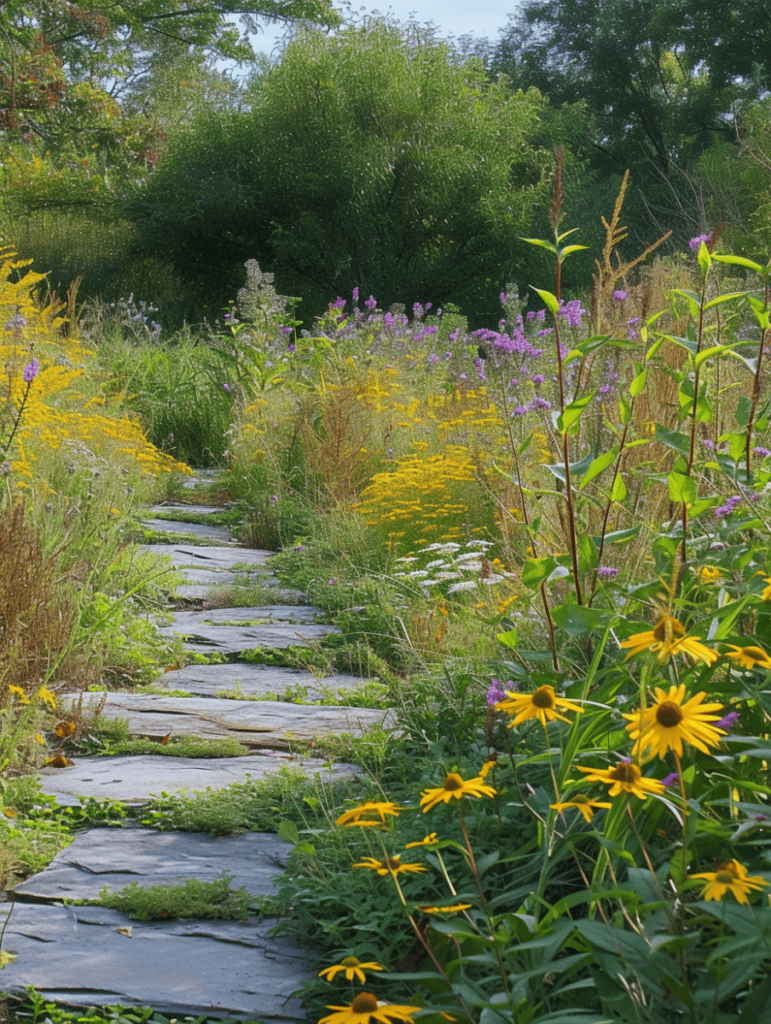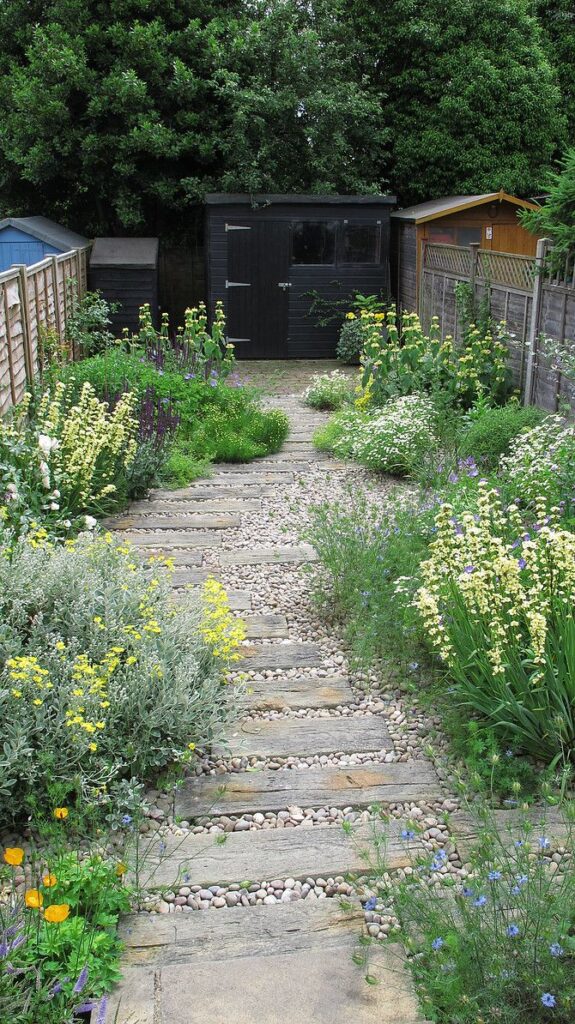Garden paths are an essential element in landscaping, providing both functional and aesthetic benefits to outdoor spaces. These pathways not only guide visitors through the garden, but also create visual interest and contribute to the overall design of the landscape. Whether made of gravel, stone, brick, or wood, garden paths serve as a crucial component in defining the structure and flow of a garden.
One of the primary functions of a garden path is to direct visitors through the space in a deliberate manner. By creating a designated pathway, gardeners can control the flow of foot traffic and prevent trampling of delicate plants. Garden paths can also help to protect the lawn or other landscaped areas from excessive wear and tear, especially in high-traffic areas. Additionally, pathways assist in navigating the garden, making it easier for visitors to explore and enjoy the beauty of the landscape.
Aside from their practical purpose, garden paths can also add visual interest and enhance the overall design of a garden. The materials used to construct a pathway can complement the surrounding plants and structures, creating a cohesive and harmonious look. For example, a gravel path might be well-suited for a more naturalistic garden, while a brick or stone path could lend a formal and elegant touch to a more traditional landscape. By choosing the right materials and design for a garden path, homeowners can elevate the beauty and style of their outdoor spaces.
In addition to their aesthetic appeal, garden paths can also serve as focal points or design features within a garden. A well-designed pathway can draw the eye and create a sense of movement and flow throughout the space. Curved pathways, for example, can add a sense of whimsy and intrigue, while straight pathways can create a more formal and structured look. Gardeners can also incorporate elements such as stepping stones, plantings, or lighting along the path to enhance its beauty and character.
Furthermore, garden paths can help to define and separate different areas within a garden, creating distinct zones or spaces for various purposes. For example, a winding path through a flower garden can lead visitors on a journey through different plantings, while a straight path to a patio or seating area can provide easy access and delineate a gathering space. By strategically placing paths throughout the garden, homeowners can create a sense of rhythm and organization that enhances the overall design and functionality of the landscape.
Overall, garden paths play a crucial role in the design and function of outdoor spaces, providing both practical benefits and aesthetic appeal. Whether guiding visitors through the garden, adding visual interest, or defining different areas within the landscape, pathways are an essential element in creating a beautiful and well-balanced garden. By carefully selecting materials, shapes, and designs for garden paths, homeowners can enhance the beauty and enjoyment of their outdoor spaces.

















